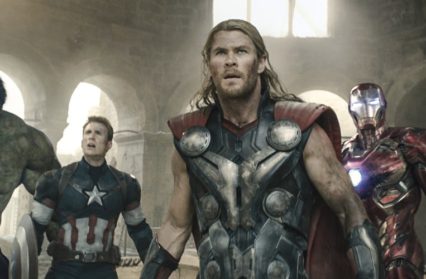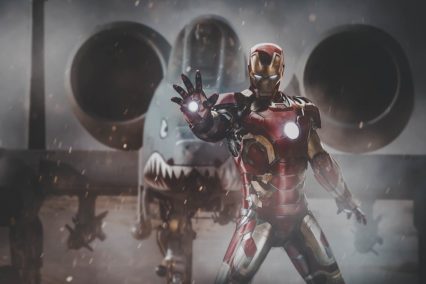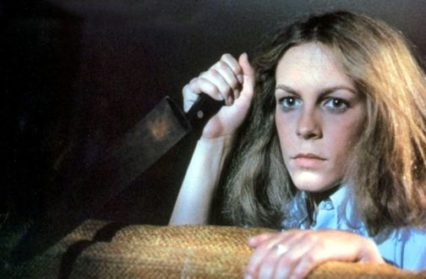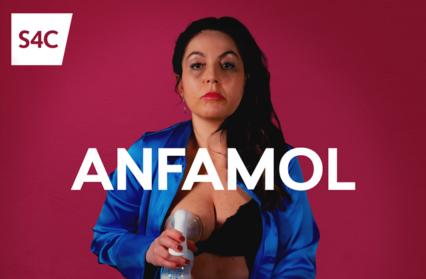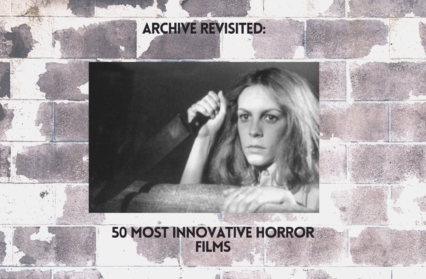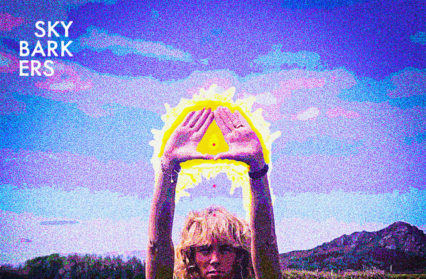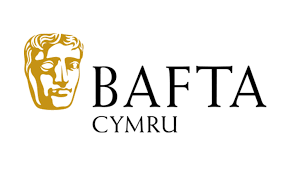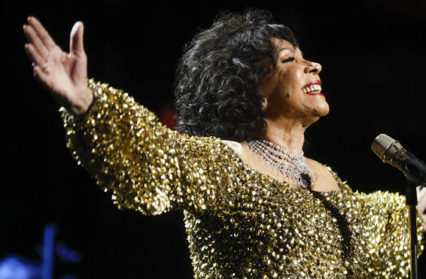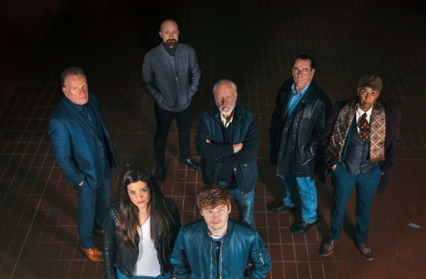Marvel Phase Two | Whether you’re a Marvel Cinematic Universe superfan, or a newcomer trying to get to grips with this sprawling world of gods, soldiers and men in iron suits, Isobel Roach provides a whirlwind round-up of Marvel’s three completed phases. In her second article, Isobel explores phase two, from the continuation of Iron Man’s story through to the introduction of Ant-Man.
It’s 2013 and Marvel Studios are about to begin a new chapter. They’ve made a team of ordinary people extraordinary — so extraordinary, in fact, that their last movie, The Avengers, brought in over $207 million on its opening weekend — and now they’re looking to build something even bigger. Earth has been accosted by gods and monsters, evil technology and intergalactic invaders. The MCU has become a huge universe of otherworldly threats.
It’s interesting, then, that we begin Marvel Phase Two with the most human of the Avengers. Iron Man 3 (2013) sees Tony Stark (Downey Jr.) hunt down a self-proclaimed terrorist whilst also coming to terms with the events of the Battle of New York. Often overlooked for its treatment of the iconic comic-book villain The Mandarin — spoiler alert: he isn’t The Mandarin at all but an actor hired to stir up fear — Iron Man 3 is a surprisingly thoughtful, introspective film. Dealing with the consequences of Tony’s reckless past and bringing a sense of closure to his arc of redemption, the film humanises Tony on a deep, personal level. Always likeable from the get-go, Downey Jr. does an excellent job at showing Stark’s vulnerable side, showcasing his struggle with PTSD and anxiety. Director Shane Black cleverly uses Tony’s personal mental health issues as a means of highlighting his newfound feelings of inferiority in a post-Chitauri world. We are positioned alongside Tony as he attempts to find his place in a universe full of dangers that seem so much bigger than himself.
Any Iron Man movie comes with the question: who is Tony Stark without his suit? And this third instalment in the franchise is no exception. In fact, the relationship between Stark and his suit of armour takes an even more intimate turn in Iron Man 3 — with his tech failing him, Tony finds himself stranded in Tennessee. Taking shelter in the garage of local kid Harley Keener (Ty Simpkins), the Iron Man suit is almost personified as it sits nonchalantly on a couch, waiting to be fixed. Tony is even more vulnerable now that the Iron Man suit has been separated from him, but this is where the movie really comes alive. Downey Jr. and Simpkins have a wonderful dynamic that’s truly entertaining to watch — arguably more so than the film’s explosive final fight scene. With Harley playing the role of companion (and occasional tormenter), he and Stark adopt a sort of father-son dynamic — a position Tony won’t find himself in again until the eventual arrival of a friendly neighbourhood Spider-Man…
Meanwhile, across the cosmos in Asgard, the god of thunder was about to have a less-than-spectacular comeback. 2013’s Thor: The Dark World is by no means a bad movie — if anything, Dark World’s entertaining mediocrity is an achievement of sorts. In an expansive cinematic universe, complete and utter failure seems almost inevitable — but even at its very weakest, Marvel Studios still creates films of a high quality. There’s a lot to like about Alan Taylor’s sequel; Jane Foster (Natalie Portman) and Darcy Lewis (Kat Dennings) are allowed to develop as characters and become more fleshed out members of the MCU; the relationship between Thor (Chris Hemsworth) and Loki (Tom Hiddleston) is as entertaining as ever; and Chris Evans has a wonderfully unexpected cameo. What is less convincing, however, is the plot. Christopher Eccleston’s Dark Elf supreme leader Malekith attempts to shroud the nine realms in darkness using a mysterious force referred to as the Aether. This vague and all-consuming power source finds its way into Jane’s body, making her instrumental to Malekith’s evil plan; this is an interesting move, if only as a means of bringing a human character into Asgard, but it’s hard to get invested in a story with no real depth. Malekith is bent on destruction for the sake of vengeance — in a cinematic universe with a whole array of deep and thoughtful villains, Dark World doesn’t stand out.
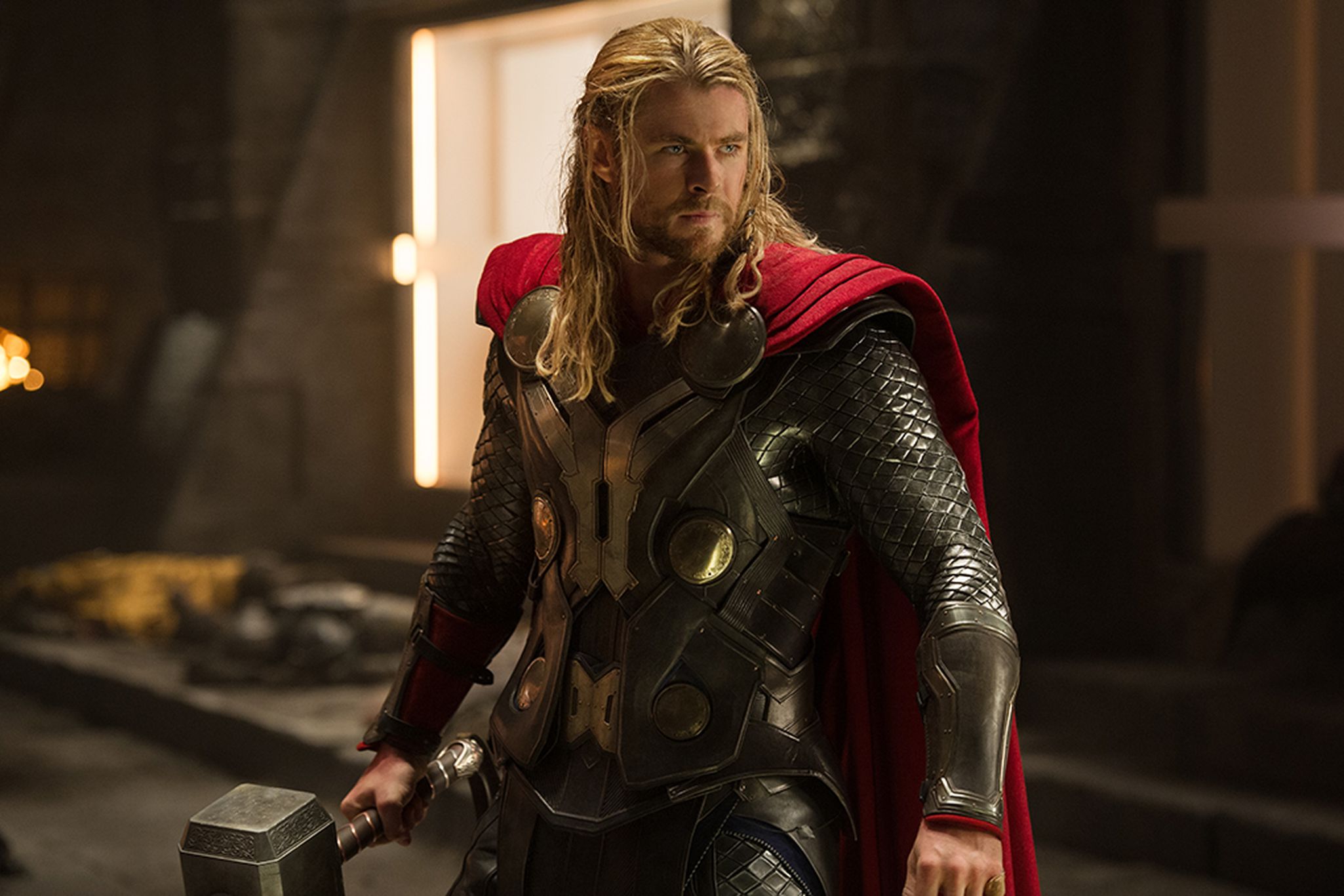
But there’s more to Marvel movies than just story, theme and character; this is world building on a huge scale, full of implications for future instalments and narrative possibilities. The post-credits scene of Thor: The Dark World is perhaps one of its most significant moments. We step out of the parameters of Asgard and into the murky depths of The Collector’s lair. As well as another tantalising reference to Infinity Stones, this also marks an important foray into the galaxy that would be picked up on very soon.
Before Marvel Phase Two delves deeper into extra-terrestrial threats, there’s another important Avenger whose story takes place a little closer to home. The early trailers for Captain America: The Winter Soldier were heavy on the military aircrafts, large-scale destruction and and a general moody atmosphere. You’d be forgiven for walking into the cinema with a preconceived notion of how Anthony and Joe Russo’s movie might play out — big displays of CGI magnitude that make sure the audience don’t forget just how deep Disney’s pockets really are. But what we got was something entirely different; a slow burning, intense political thriller. A truly great addition to the Marvel canon (and my personal favourite film in the MCU!) Winter Soldier follows Steve (Chris Evans), Natasha (Scarlett Johansson) and newcomer Sam Wilson (Anthony Mackie) as they attempt to take down S.H.I.E.L.D. after discovering that the shadowy organisation has been infiltrated by Hydra. This is a distinctly human threat, and one that is grounded in a real-world setting that, by Marvel’s standards, is surprisingly believable.
In this world of bureaucrats and espionage, Captain America becomes a protagonist less concerned with saving the world as a shining symbol of freedom, and instead takes a good hard look at the establishment that made him exactly what he is: a political weapon. Ghosts from Steve’s past haunt the screen — some more alive than others — as Cap makes peace with his temporal displacement in quiet moments of contemplation and connection. The dynamic between Natasha and Steve is one of the movie’s chief joys, as is the score by Henry Jackman; but perhaps the most important element of the film is the Winter Soldier himself. Reprising his role as Bucky Barnes — now a decades old assassin with his mind wiped clean — Sebastian Stan takes on Evans’ Cap in one final fight that somehow manages to be incredibly touching and tender. Theirs continues to be one of the most captivating and meaningful relationships in the MCU.
Marvel Phase Two isn’t just concerned with continuing franchises and building on much-loved characters; it’s also an opportunity for a brand new team of characters to burst onto the silver screen and make their presence felt. For James Gunn’s Guardians of the Galaxy (2014), this was a chance to introduce a Marvel story set entirely in a sci-fi inspired universe — full of brightly coloured aliens and unidentifiable creatures — that had only been glimpsed in passing before. Guardians was a hotly anticipated movie with a trailer so packed with witty one liners that it almost always got a laugh out of its audience. Even now, seven years on, the film’s comedic moments are so incredibly familiar that they can almost be anticipated minutes before the scene arrives. It’s still funny, of course, but watching Guardians without the impact of its comedic zingers brings the other less noticed elements of the movie to the foreground.
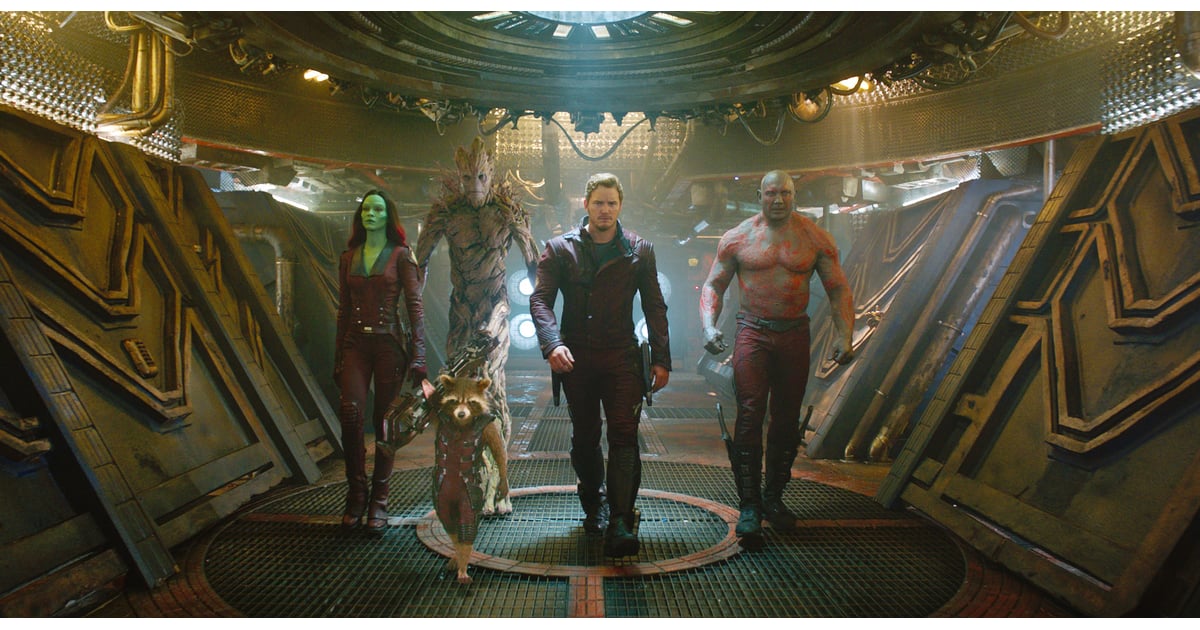
It’s a triumph in world building, computer graphics and costume, with so much to catch the eye and tantalise the imagination in almost every frame. There’s a lot for Gunn to play with, and he certainly has his fun taking the ragtag team of self-proclaimed “assholes” from planet to planet, setting them loose and sitting back as their larger-than-life personalities inevitably cause carnage. It’s no surprise they’ve become fan favourites — particularly the strangely lovable sentient tree, Groot — but it’s the supporting cast of Guardians that make it really special. Karen Gillan is excellent as Nebula, Gamora’s (Zoe Saldana) murderous sister; and intergalactic thief Yondu (Michael Rooker) lights up the screen with his roguish charisma.
True to form, Marvel decided to follow up this otherworldly outing with one much closer to home and a lot more familiar. 2015 marked the arrival of Avengers: Age of Ultron — another superhero crossover feature with starring roles for all the MCU heavy hitters. Following the unmitigated success of 2012’s The Avengers, expectations were high to the point of tension as fans walked into the first screenings of Whedon’s second outing. I remember those early moments in the cinema, sitting on the edge of my seat, praying that Age of Ultron would exceed its predecessor in wittiness, excitement, depth. With standards that high — and so much apparently at stake — the film’s downfall was almost inevitable. Criticism poured in from seemingly every corner; James Spader was an unconvincing villain; characters had been poorly adapted; the whole thing was too corporate and soulless. Although Age of Ultron never quite seemed like the train wreck it was made out to be in the press and on social media, even I was disappointed watching it the first time round.
It’s a rare thing indeed when a future instalment in a franchise can retrospectively improve a previous film. To some extent, this is what WandaVision (Disney+’s 2021 show) has done for Age of Ultron. The whole two hour, twenty-one minute movie serves as an excellently fleshed out backstory for the much more three-dimensional Wanda (Elizabeth Olsen) we see in the miniseries. The characterisation, references to past events and foreshadowing all come together so seamlessly you can’t help wondering how much of WandaVision had been planned back in 2015.
Looking at the movie through this fresh and liberating perspective — without prejudice or preconceived notions — allows Age of Ultron to shine in its own right. Wanda and her super-fast brother Pietro (Aaron Taylor-Johnson) are much more likeable this time around; although the blow of losing a character like Quicksilver so soon after his big screen debut is still hard to accept. The movie also marks the arrival of Vision (Paul Bettany), an artificially intelligent robot powered by an Infinity Stone. He’s a fascinating addition to the cast, but lacks much of the substance Jac Schaeffer’s later miniseries would give him. Vision plays a vital role in taking down Ultron — a less-than-benign sentient robot. Disturbing from his very first appearance in the form of a broken down hunk of humanoid scrap metal, Ultron is a compelling antagonist who, I would argue, delivers some of the best dialogue in the MCU.
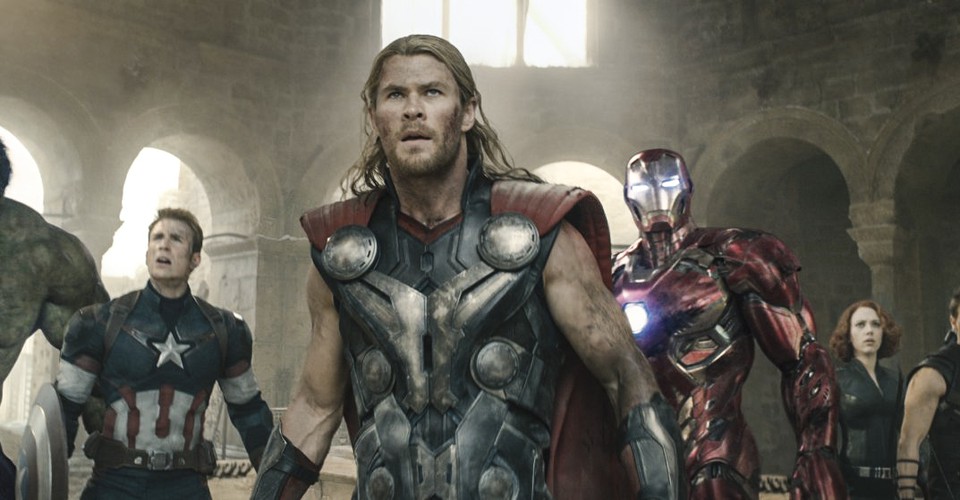
The movie reaches its climax with a new equilibrium; the opposing forces of Ultron and Vision are stabilised by the former’s destruction, but not before an entire physical country — Sokovia — has been wiped off the map. The Avengers will have to live with this burden of destruction. Its consequences will be felt in an even more thoughtful way as phase three arrives.
Before we begin a brand new Marvel chapter, there’s one very small hero left to discuss. Ant-Man (2015) is a joy to watch, particularly after the carnage of Age of Ultron. The stakes are considerably lower in Peyton Reed’s comedic feature that establishes ex-con Scott Lang (Paul Rudd) as a size-shrinking superhero. Ant-Man brings together the old guard with the fresh meat as Scott learns from the suit’s original creator Dr. Hank Pym, played wonderfully by Michael Douglas. It’s refreshing to have an older actor play such an important and entertaining role in the MCU; on certain occasions, Douglas steals the show entirely as he riffs with the more insolent Rudd. Evangeline Lily’s Hope Van Dyne is a step up from Marvel’s earlier attempts at female representation in phase one, but she could do with a little more depth and less defensive sarcasm.
Ant-Man is an excellent example of Marvel’s commitment to a light-hearted, almost camp approach to its adaptations. It doesn’t take itself too seriously — how can it, when the film’s evil mastermind is attempting to sell a miniscule insect-themed supersuit to the US government? Edgar Wright and Joe Cornish’s script is unashamedly funny and full of life. Together with Reed they take full advantage of the size-changing tech to produce a final battle that takes place largely on a child’s toy train set. It’s the perfect embodiment of Ant-Man’s small-scale narrative and an entertaining watch that holds up even now.
Our very first glimpse of phase three comes as Ant-Man’s story concludes. We see Cap and Sam looking down at a dishevelled Bucky, wondering who they could possibly turn to. The implication is clear — it’s time to bring together a full cast of heroes in a way even Marvel has never attempted before. Phase three would attempt a cross-over of truly epic proportions.
Isobel Roach provides a whirlwind round-up of Marvel’s Phase One with films including Iron Man, Captain America, The Avengers and more.
Isobel Roach is a regular contributor to Wales Arts Review.
Marvel Phase Two


